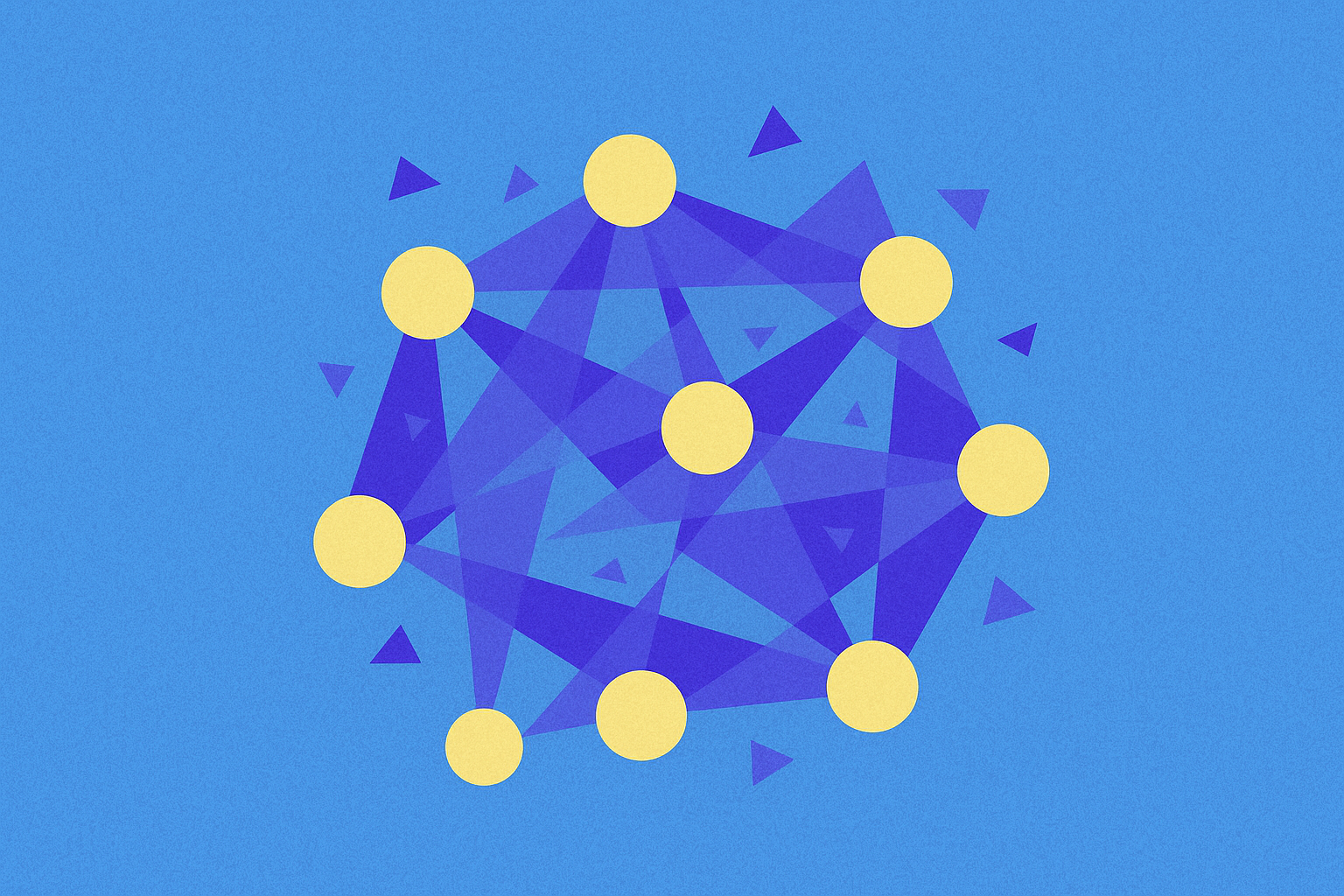directed acyclic graph dag

Directed Acyclic Graph (DAG) is a directed graph structure with no cyclic paths, gaining attention in blockchain technology as an alternative to traditional chain structures. Unlike conventional blockchains where transactions are organized linearly in sequential blocks, DAG allows multiple nodes to simultaneously add transactions to the network, creating a multi-directional expanding network where each node can point to multiple predecessor nodes. This structure liberates transaction processing from the capacity constraints of single blocks, significantly improving system throughput while reducing transaction confirmation times and fees, making it particularly suitable for high-frequency microtransaction scenarios.
Background: The Origin of DAG
Directed Acyclic Graph as a mathematical concept traces back to graph theory research, describing a special graph structure where all edges have directions, and there exists no path that can start from a vertex and eventually return to it (hence acyclic). This concept has been widely applied in computer science to represent dependency relationships, task scheduling, and other problems.
In the blockchain domain, DAG technology application began around 2015, when traditional blockchains like Bitcoin and Ethereum were facing serious scalability challenges. The Tangle introduced by the IOTA project in 2016 was one of the first implementations of DAG in distributed ledger technology, followed by projects like Byteball (now Obyte) and Nano, which also adopted DAG structures for their distributed ledger systems.
The development of DAG technology in the blockchain field primarily aims to address the throughput bottlenecks, transaction delays, and high fees of traditional blockchains while maintaining decentralization and security features. With the growing demand for Internet of Things and micropayment scenarios, DAG structures have gained further attention for their ability to efficiently process microtransactions.
Work Mechanism: How DAG Operates
The working mechanism of Directed Acyclic Graph in blockchain systems differs fundamentally from traditional blockchains:
In a DAG structure, each new transaction must directly or indirectly validate multiple previous transactions, forming a network of mutual references. New transactions join the graph by selecting and validating transactions that have not been sufficiently confirmed (often called "tips"), using them as reference points. This mechanism makes transaction confirmation a collaborative process, with every network participant contributing to the overall consensus.
DAG systems typically employ weight accumulation methods to determine transaction validity. When a transaction is directly or indirectly referenced by more subsequent transactions, its weight increases, enhancing its confirmation level. Once the weight exceeds a predetermined threshold, the transaction is considered "confirmed."
Different DAG projects implement specific mechanisms:
IOTA's Tangle uses the "Markov Chain Monte Carlo" algorithm to select transactions for validation and relies on the "cumulative weight" mechanism to ensure network security.
Nano employs a "Block-lattice" structure where each account has its own chain, with transactions split into "send" and "receive" operations, forming a specialized DAG structure.
Conflux adopts a "Tree-Graph" DAG structure, combining Proof of Work with the GHOST protocol to resolve potential conflicts.
Risks and Challenges of DAG
Despite DAG technology showing potential for solving traditional blockchain scalability issues, it faces a series of unique risks and challenges:
Security Concerns: DAG systems may be more vulnerable to attacks under low transaction volume scenarios, as attackers could accumulate sufficient computational power to influence the consensus process when network activity is reduced. Some DAG projects (like early IOTA) relied on central coordinators to prevent attacks, raising centralization controversies.
Verification Complexity: In DAG structures, determining transaction finality and resolving conflicts becomes more complicated. Due to potentially complex reference relationships between transactions, verifying the consistency of the entire DAG state requires more sophisticated algorithms.
Consensus Challenges: In DAG systems, determining the global state and transaction order is more challenging than in traditional blockchains, especially when conflicting transactions exist. Different projects employ various methods to address this issue, but a perfect solution has yet to emerge.
Maturity Issues: Compared to traditional blockchain technology that has been validated for over a decade, DAG-based systems are relatively young and lack long-term, large-scale application validation. Many theoretical security guarantees still need practical verification.
High Technical Barrier: The implementation and understanding of DAG systems are often more complex than traditional blockchains, creating a higher technical barrier for developers, auditors, and ordinary users.
Directed Acyclic Graph technology represents an important evolutionary path for blockchain architecture, offering a potential solution to the blockchain trilemma (decentralization, security, and scalability). Although DAG technology is still in the development stage and faces numerous challenges, its unique advantages in high-throughput scenarios and microtransaction applications make it an indispensable component in the blockchain technology landscape and a potential mainstream direction for future distributed ledger technology evolution.
Share
Related Articles

The Future of Cross-Chain Bridges: Full-Chain Interoperability Becomes Inevitable, Liquidity Bridges Will Decline

Solana Need L2s And Appchains?
